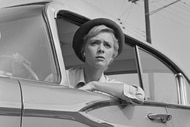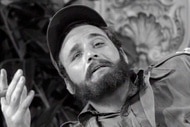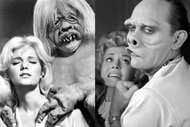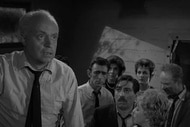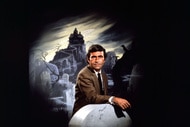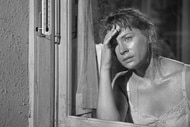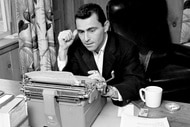Create a free profile to get unlimited access to exclusive videos, sweepstakes, and more!
Why Six Episodes of The Twilight Zone Season 2 Look Very Different
Budget concerns led to an unexpected format change in the midst of the sci-fi classic's second season.
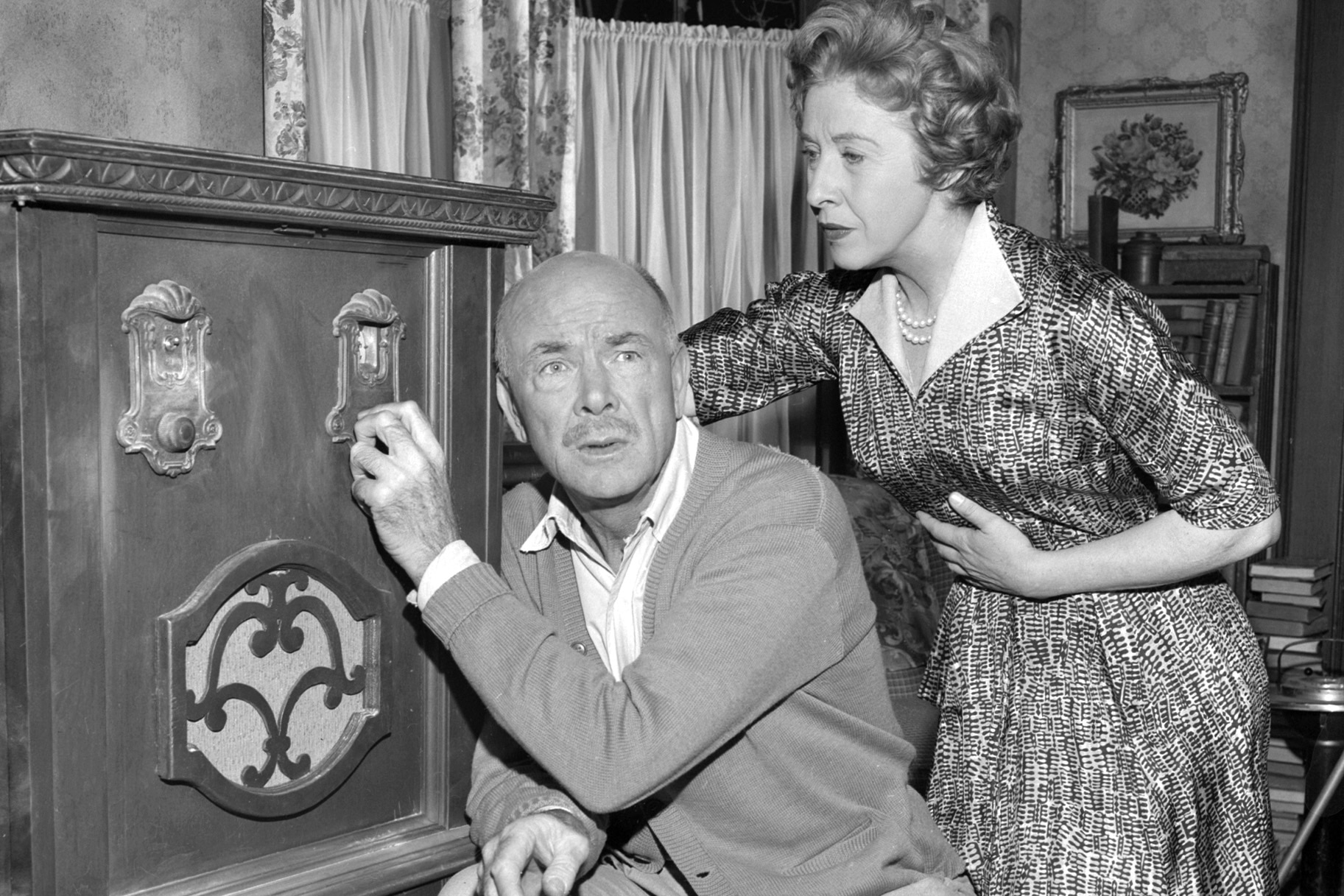
Creator Rod Serling's classic television show The Twilight Zone (airing regularly on SYFY) endures, in part, because it was a show that could shift gears quite readily from episode to episode. Some stories were pure chillers, others more emotional, some quite visceral, others more cerebral. The series was always something of a genre chameleon, shifting styles and subgenres at will, but at one point in the second season, thinks took a very different turn.
Viewers of the classic series who are watching episodes in rough chronological order might notice that, during Season 2, a few episodes stand out in a very distinct way. The picture is different, the camera moves are odd, and even the way the editing moves from shot-to-shot feels removed from episodes of The Twilight Zone that came before and after these changes. So, what happened in Season 2 that made these episodes stand out? It's all a matter of budget.
For More on The Twilight Zone:
Did You Know The Twilight Zone Originally Had a Different Narrator?
The Season 1 Feedback That Changed The Twilight Zone
How The Twilight Zone Created a Self-Driving Car in the 1960s
The Budgetary Concerns That Led to The Twilight Zone Season 2's Unexpected Format Change
According to Marc Scott Zicree's The Twilight Zone Companion, during production on the first half of Season 2, CBS came to the show's production company, Cayuga, with a concern. According to producer Buck Houghton, the show's budget was "inching up to around $65,000 an episode, which at that time was frightening." In an effort to curb costs, the network proposed an experiment: Instead of shooting on film, why not try a round of episodes shot on tape, on a soundstage, then transfer the tape footage to film for the eventual broadcast copy?
The idea was that, because tape was cheaper and editing would largely be done in-studio by a technical director switching between multiple camera setups, the episodes would save a significant amount of money per episode. Cayuga agreed, but the transfer to tape brought with it a new round of challenges. The multicamera tape setup meant that every episode produced during this run had to be shot on a soundstage, with no exterior shots (any exteriors you see in these episodes are stock footage cut into the episode in post-production). That meant fewer transitions between scenes, tighter blocking for actors, and a generally... well, a less Twilight Zone-y experience.
Still, Serling tried to make the best of the experiment, picking episodes that could thrive in the more limited spatial range of the cameras and crafting stories that worked in more intimate settings. Beginning in November of 1960, the Twilight Zone production team produced six episodes with the new videotape system: "The Lateness of the Hour," "Static," "The Whole Truth," "The Night of the Meek," "Twenty-Two," and "Long Distance Call." To make things a bit stranger for viewers, the episodes were not aired in order, but were instead interspersed among other, shot-on-film episodes airing between late 1960 and early 1961.
In the end, the episodes did save money, but the limitations imposed by the tape system were just too great to keep it going. While things like "Night of the Meek," a Christmas-themed episode that remains a fan-favorite, have endured from this period, Serling would later describe working on tape as "disastrous," and CBS agreed to move the series back to film after the six-episode trial run.
Want more of The Twilight Zone. Reruns of the classic series air regularly on SYFY. Check the schedule for more details.


